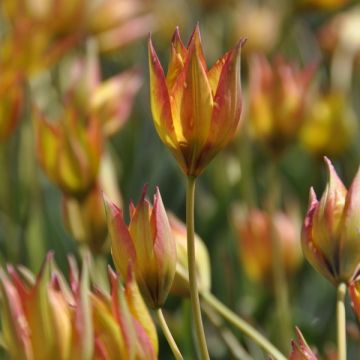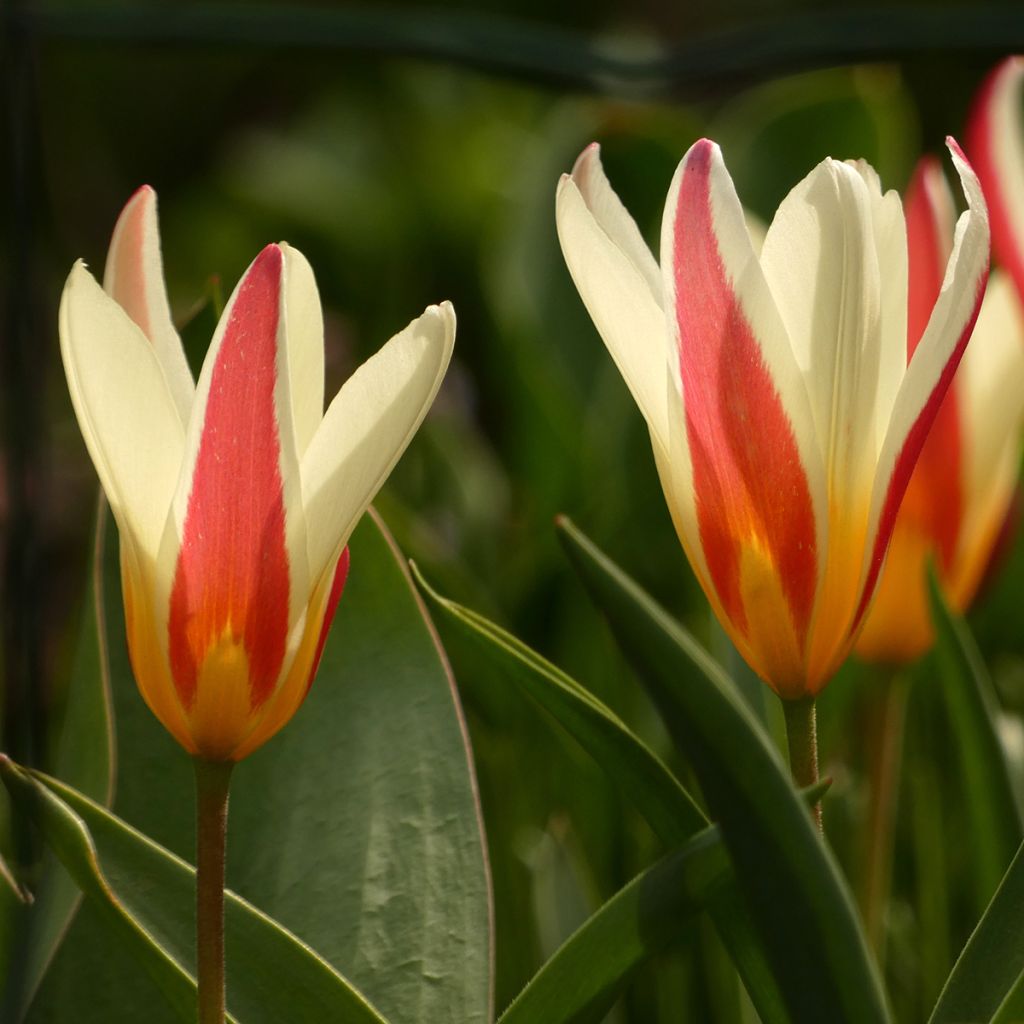

Tulipa clusiana Cynthia
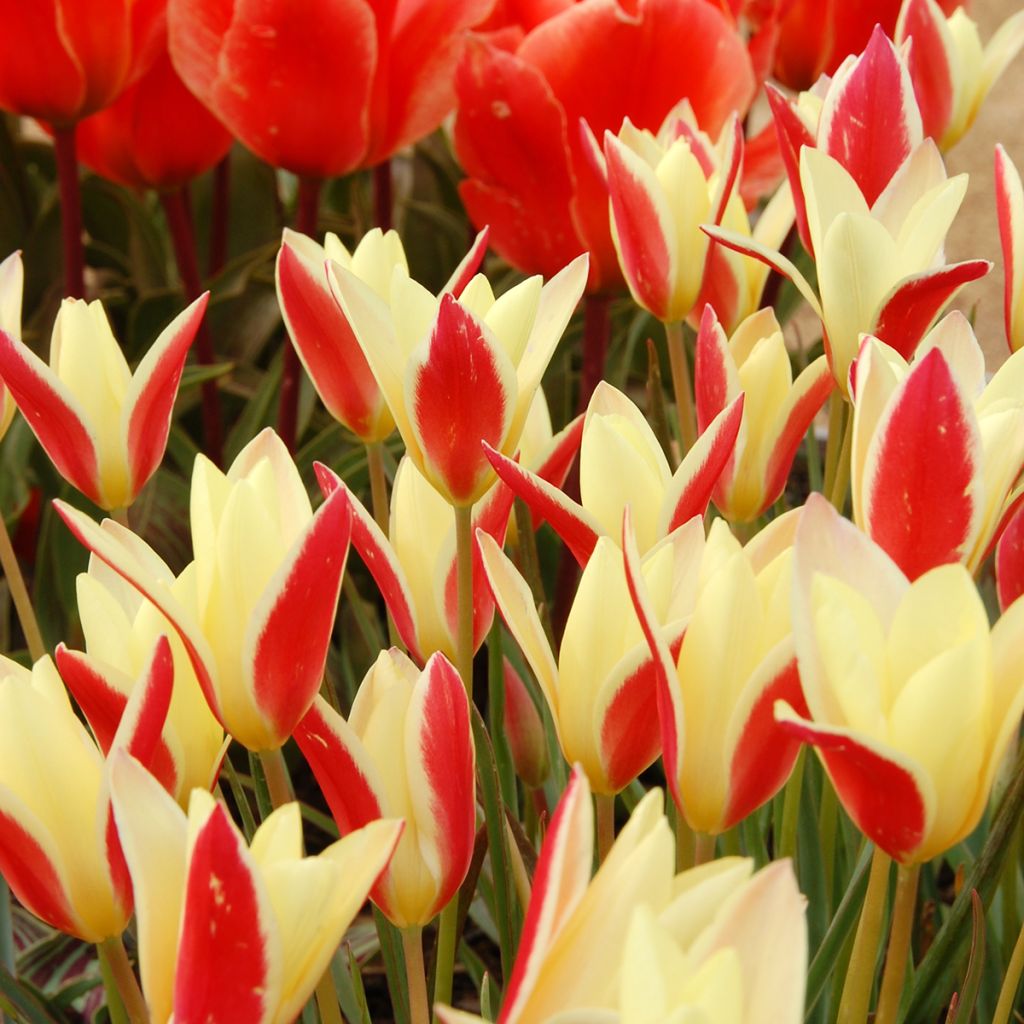

Tulipa clusiana Cynthia


Tulipa clusiana Cynthia
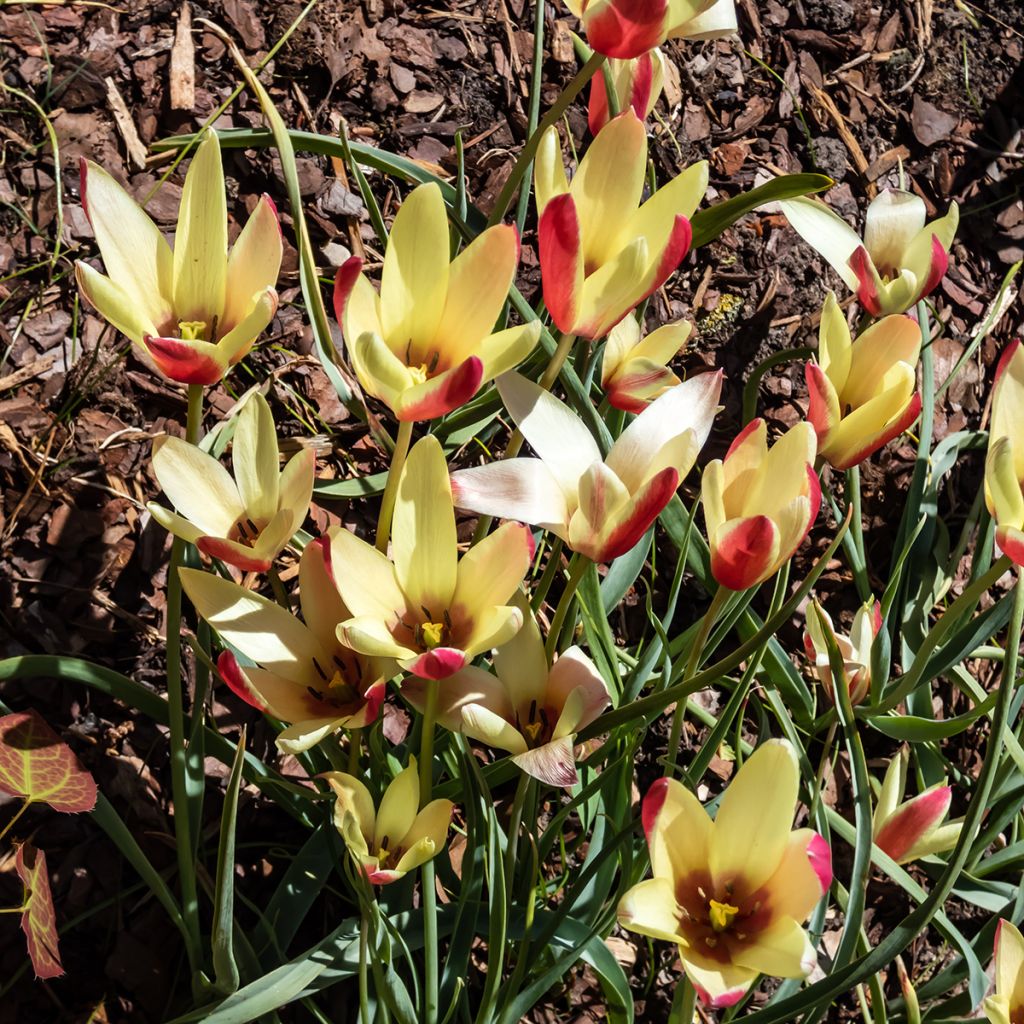

Tulipa clusiana Cynthia
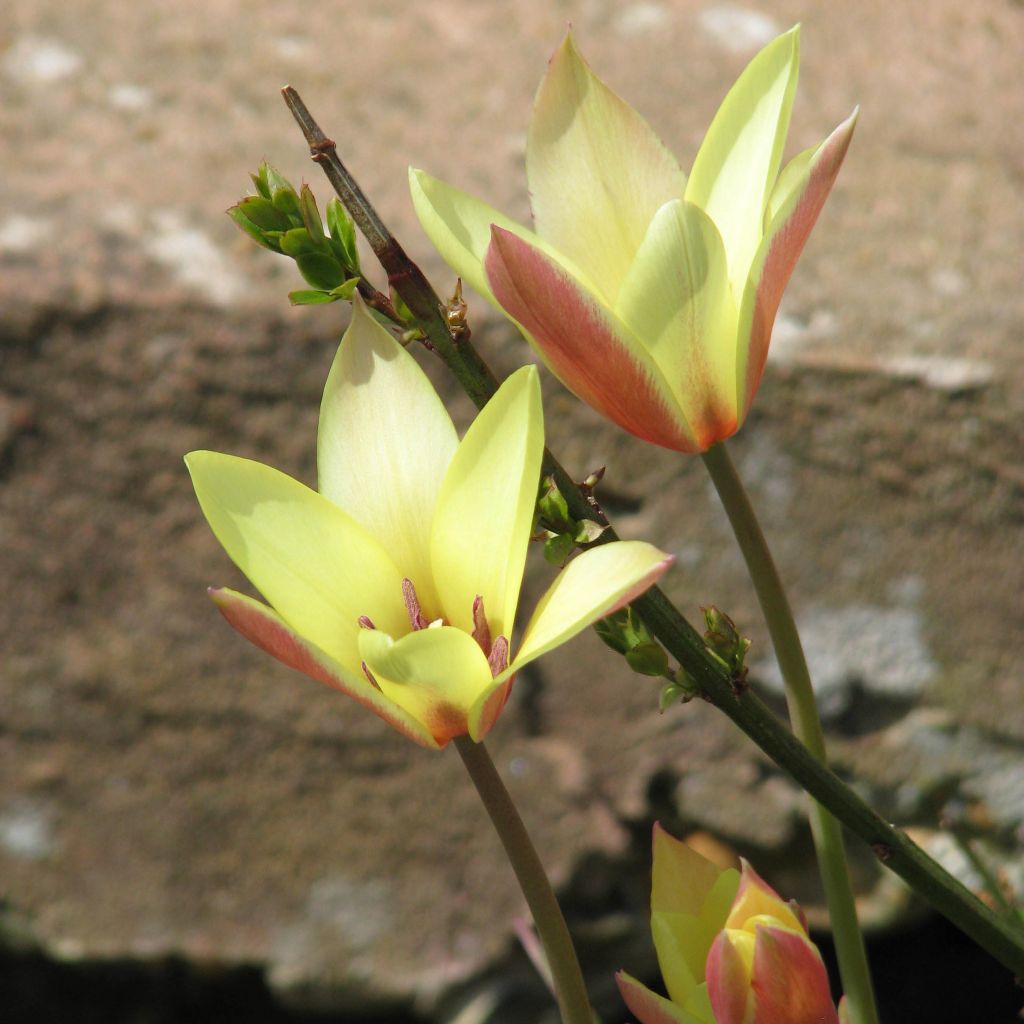

Tulipa clusiana Cynthia
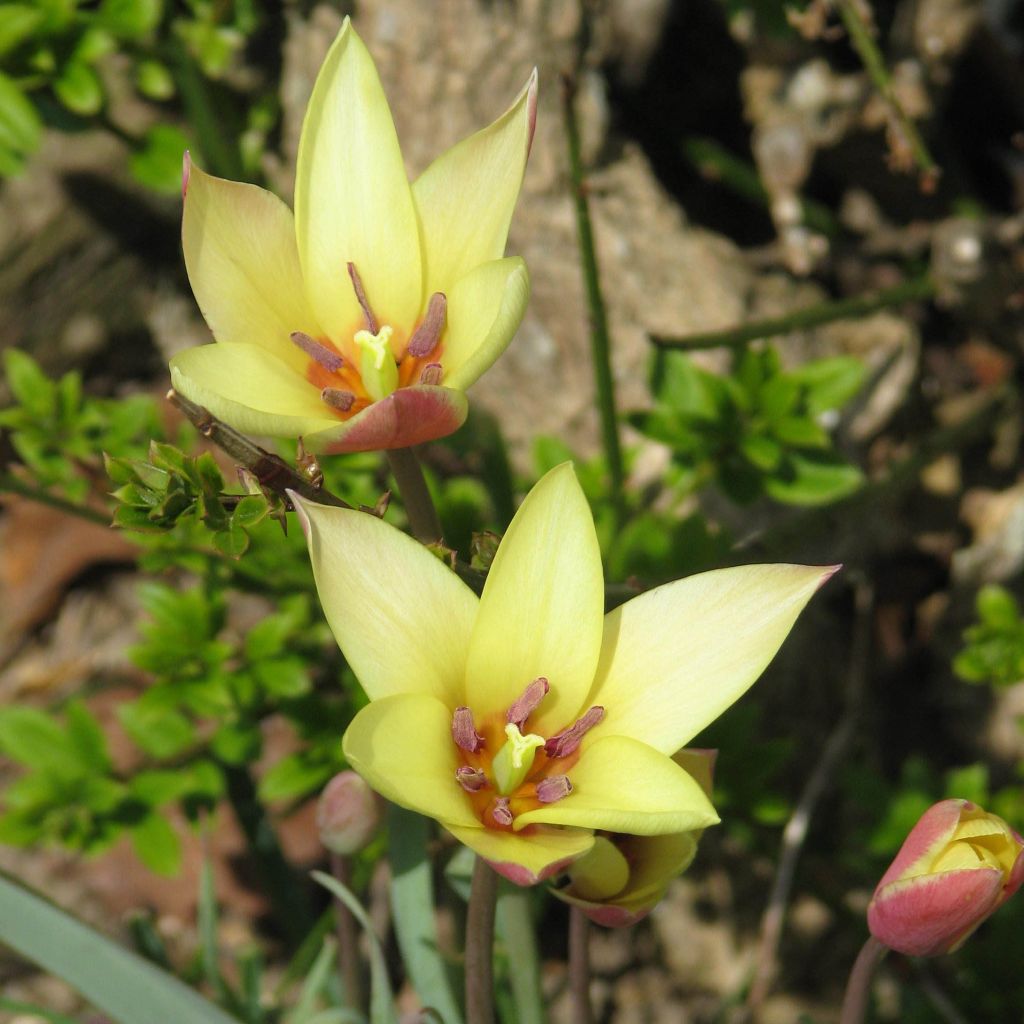

Tulipa clusiana Cynthia
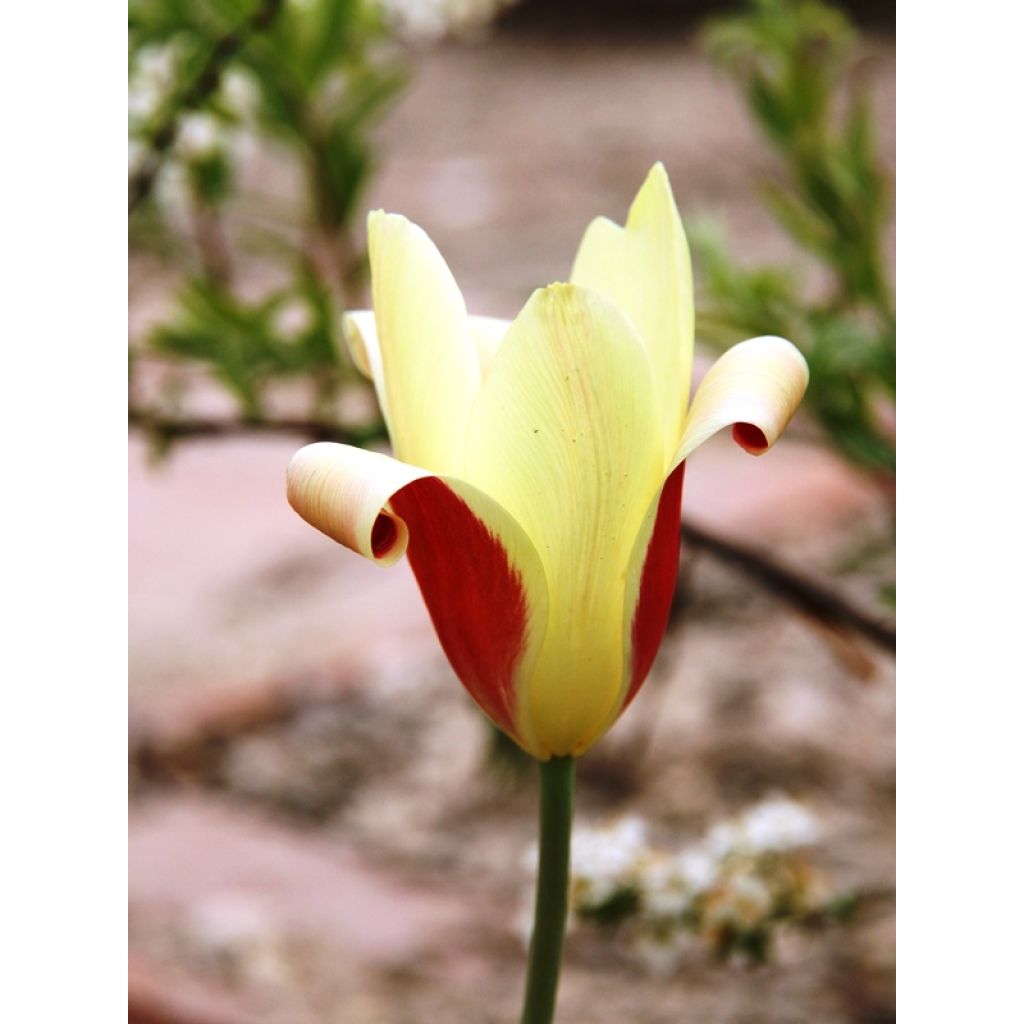

Tulipa clusiana Cynthia
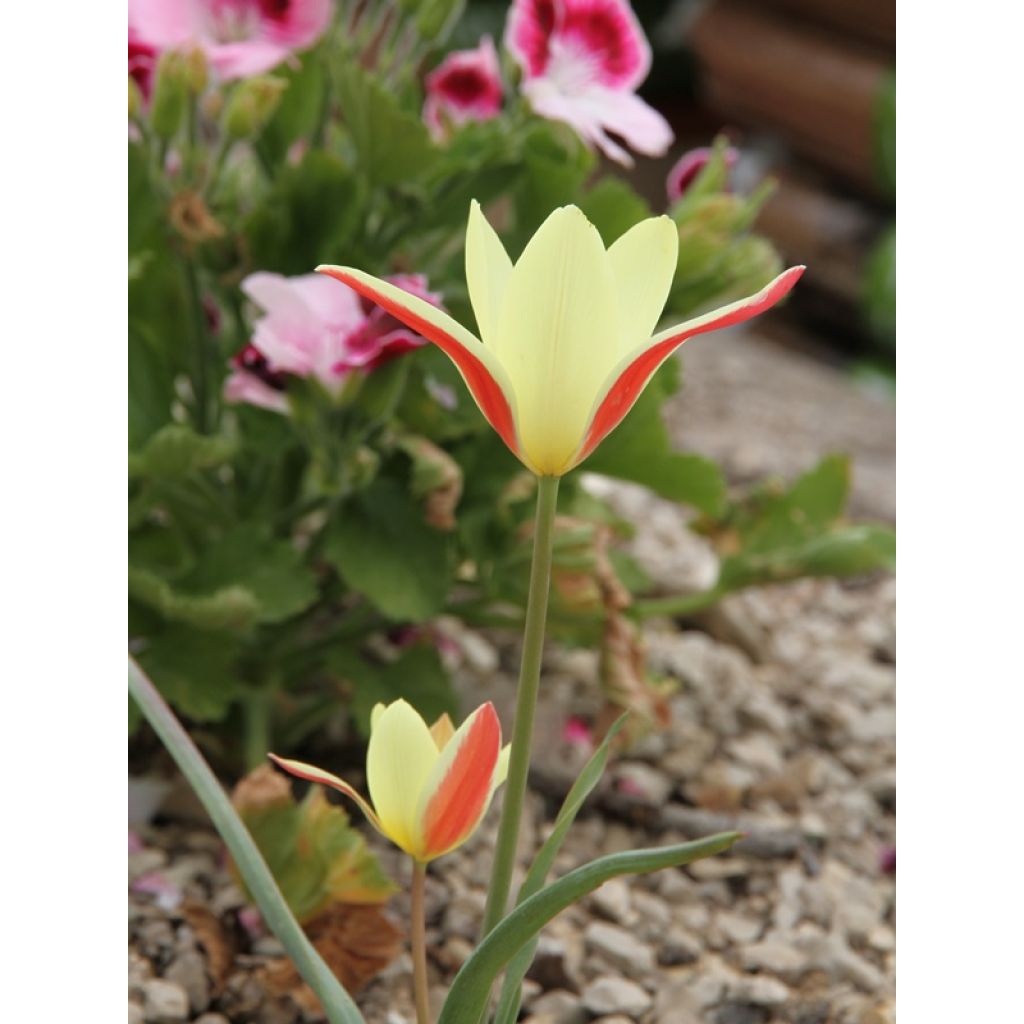

Tulipa clusiana Cynthia


Tulipa clusiana Cynthia


Tulipa clusiana Cynthia
View more pictures
Hide images

Sandrine C.

Lovely tulips.
Sandrine C. • 61 FR
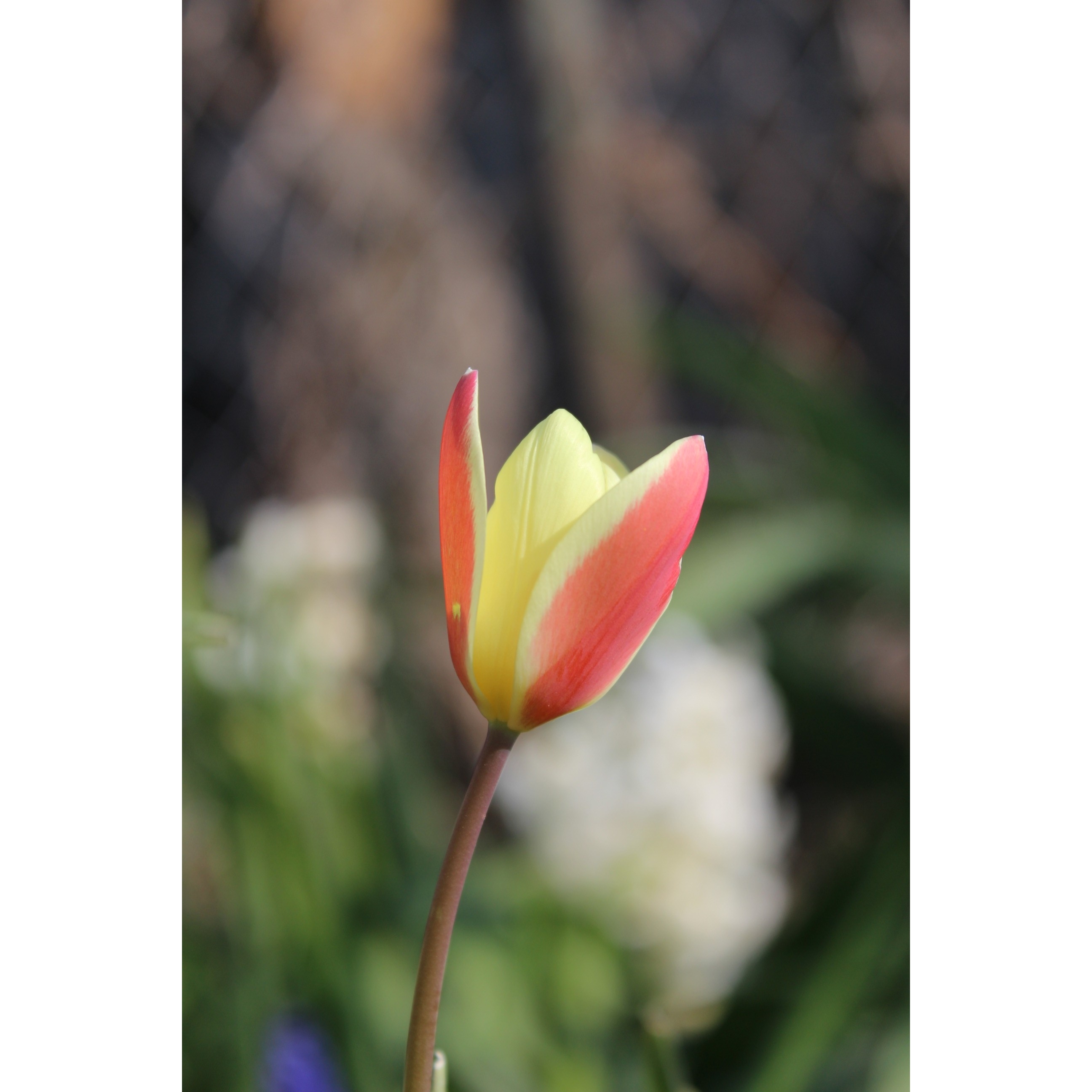
Pierre F.

Pierre F. • 71 FR
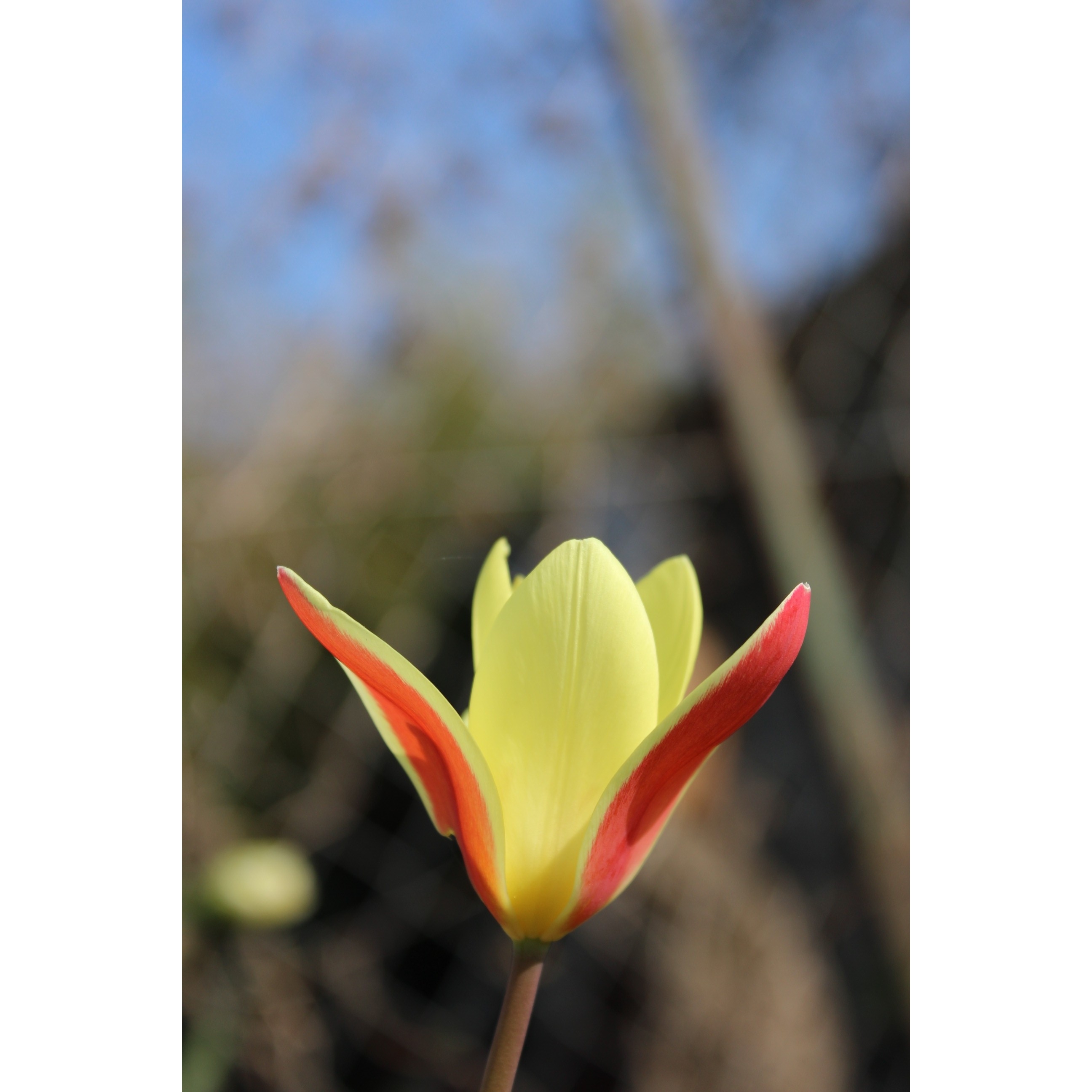
Pierre F.

No text to translate.
Pierre F. • 71 FR
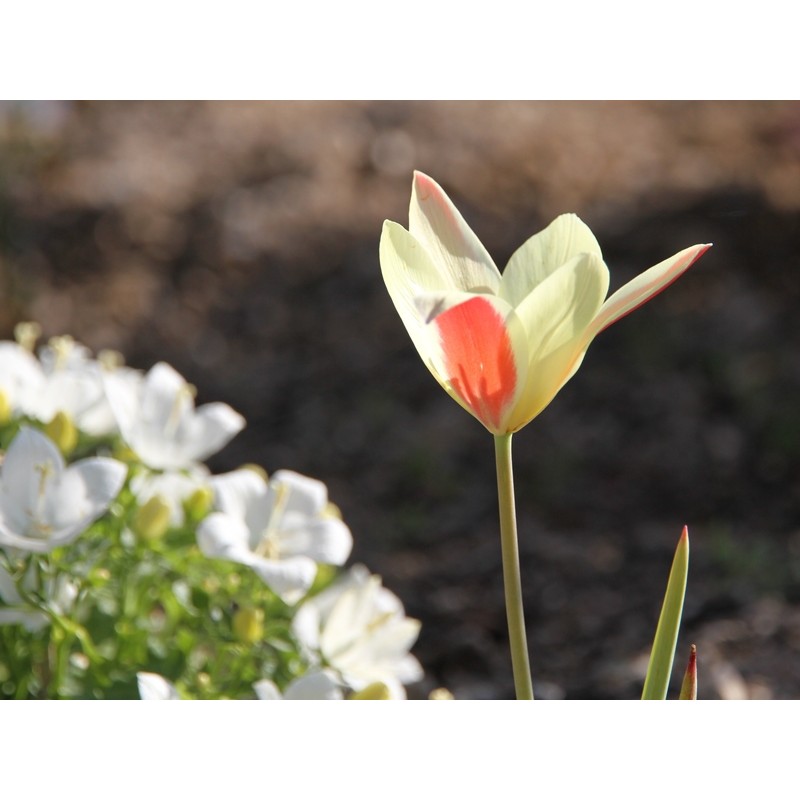
Elise A.

Elise A. • 51 FR
Tulipa clusiana Cynthia
Tulipa clusiana Cynthia
Lady Tulip
Well packed.
Nathalie, 16/09/2020
Special offer!
Receive a €20 voucher for any order over €90 (excluding delivery costs, credit notes, and plastic-free options)!
1- Add your favorite plants to your cart.
2- Once you have reached €90, confirm your order (you can even choose the delivery date!).
3- As soon as your order is shipped, you will receive an email containing your voucher code, valid for 3 months (90 days).
Your voucher is unique and can only be used once, for any order with a minimum value of €20, excluding delivery costs.
Can be combined with other current offers, non-divisible and non-refundable.
This plant carries a 6 months recovery warranty
More information
We guarantee the quality of our plants for a full growing cycle, and will replace at our expense any plant that fails to recover under normal climatic and planting conditions.

Would this plant suit my garden?
Set up your Plantfit profile →
Description
Tulipa clusiana 'Cynthia' is among the most graceful. It produces solitary, bicoloured flowers with tapered petals on 25cm (10in) stems. They bloom in a star shape, revealing 3 pale-yellow tepals with a rosy base, surrounded by three others, which are red rose and bordered with pale-yellow. Its beautiful linear foliage is grey-green-blue. This botanical variety, like all T. clusiana, is undemanding and withstands winter cold. It blooms abundantly and naturalises easily in mild or Mediterranean-style climates, in well-drained or even sandy soil.
Tulip clusiana 'Cynthia' belongs to the Liliaceae family. T. clusiana, also called lady tulip, is native to southeastern Iran and the western Himalayas. Its base colour is white. It is one of the few species that naturalises and blooms in climates with mild winters, spared from frost. It has given rise to many cultivars including 'Cynthia', which is highly colourful. This small tulip will not exceed 25 to 30cm (10 to 12in) in height when in bloom. Its foliage is bluish-green with a touch of grey. The leaves are narrow and linear. The flowers appear in March-April, earlier or later depending on the climate. The elegant flowers are tapered. They are striped with dark pink and pale-yellow. They look beautiful even when closed. They open widely in the sunlight, revealing the inside of a pale-yellow star shaded with smoky pink at the base, and antique rose bordered with pale-yellow on the outside. They close in the evening and under grey skies.
Botanical tulips do not degenerate over time like large-flowered tulips. They naturalise and can remain in place for several years without special maintenance and thrive in borders and rock gardens. To create colourful scenes, they can be planted with various small bulbous plants: crocus, Allium moly, Ipheion uniflorum, Anemone blanda, narcissus with small flowers, etc. These tulips are unmatched for bringing the colours of spring in pots or in sunny gardens.
There are various wild species, many of which are endangered. In cultivation, they are called "botanical tulips", and one of the most common is the wild tulip (Tulipa sylvestris), which used to often grow sheltered by vineyards and whose subspecies, australis, is known as the southern tulip.
Report an error about the product description
Tulipa clusiana Cynthia in pictures
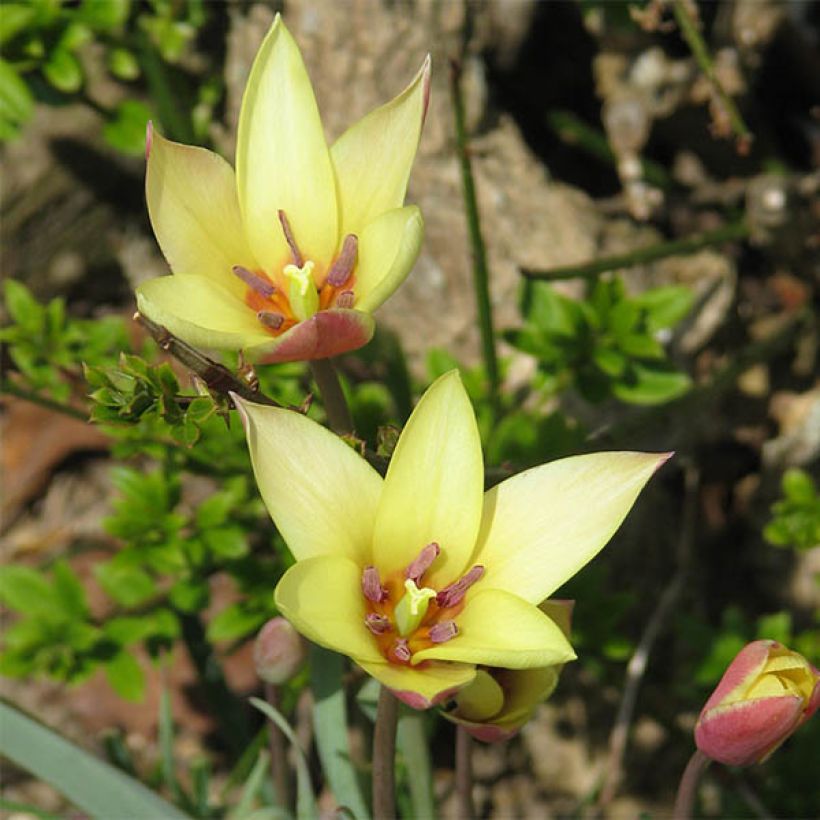



Plant habit
Flowering
Foliage
Botanical data
Tulipa
clusiana
Cynthia
Liliaceae
Lady Tulip
Cultivar or hybrid
Other Botanical Tulips
View all →Planting and care
Plant Tulipa clusiana 'Cynthia' bulbs in autumn, from September to December. Plant in ordinary, slightly acidic, neutral, or slightly alkaline, loose, well-worked, and well-draining soil. Plant the bulbs at a depth of 10cm (4in), spacing them 10cm (4in) apart. Never add poorly decomposed manure or compost to the planting soil, as this could cause the bulbs to rot. The bulbs will grow well in moist to dry soil in summer. Plant in a sunny or partially shaded location. Once flowering is finished, it is wise to remove the fruits to avoid exhausting the plant.
After flowering, their foliage becomes unsightly, so we recommend planting heuchera, tiarella, brunnera, bleeding heart, or Euphorbia cyparissia at the forefront of your flower beds. Their foliage will enhance the colours of your tulips, and will elegantly conceal the tulip's yellowed leaves.
Planting period
Intended location
Care
-
, onOrder confirmed
Reply from on Promesse de fleurs
Haven't found what you were looking for?
Hardiness is the lowest winter temperature a plant can endure without suffering serious damage or even dying. However, hardiness is affected by location (a sheltered area, such as a patio), protection (winter cover) and soil type (hardiness is improved by well-drained soil).

Photo Sharing Terms & Conditions
In order to encourage gardeners to interact and share their experiences, Promesse de fleurs offers various media enabling content to be uploaded onto its Site - in particular via the ‘Photo sharing’ module.
The User agrees to refrain from:
- Posting any content that is illegal, prejudicial, insulting, racist, inciteful to hatred, revisionist, contrary to public decency, that infringes on privacy or on the privacy rights of third parties, in particular the publicity rights of persons and goods, intellectual property rights, or the right to privacy.
- Submitting content on behalf of a third party;
- Impersonate the identity of a third party and/or publish any personal information about a third party;
In general, the User undertakes to refrain from any unethical behaviour.
All Content (in particular text, comments, files, images, photos, videos, creative works, etc.), which may be subject to property or intellectual property rights, image or other private rights, shall remain the property of the User, subject to the limited rights granted by the terms of the licence granted by Promesse de fleurs as stated below. Users are at liberty to publish or not to publish such Content on the Site, notably via the ‘Photo Sharing’ facility, and accept that this Content shall be made public and freely accessible, notably on the Internet.
Users further acknowledge, undertake to have ,and guarantee that they hold all necessary rights and permissions to publish such material on the Site, in particular with regard to the legislation in force pertaining to any privacy, property, intellectual property, image, or contractual rights, or rights of any other nature. By publishing such Content on the Site, Users acknowledge accepting full liability as publishers of the Content within the meaning of the law, and grant Promesse de fleurs, free of charge, an inclusive, worldwide licence for the said Content for the entire duration of its publication, including all reproduction, representation, up/downloading, displaying, performing, transmission, and storage rights.
Users also grant permission for their name to be linked to the Content and accept that this link may not always be made available.
By engaging in posting material, Users consent to their Content becoming automatically accessible on the Internet, in particular on other sites and/or blogs and/or web pages of the Promesse de fleurs site, including in particular social pages and the Promesse de fleurs catalogue.
Users may secure the removal of entrusted content free of charge by issuing a simple request via our contact form.
The flowering period indicated on our website applies to countries and regions located in USDA zone 8 (France, the United Kingdom, Ireland, the Netherlands, etc.)
It will vary according to where you live:
- In zones 9 to 10 (Italy, Spain, Greece, etc.), flowering will occur about 2 to 4 weeks earlier.
- In zones 6 to 7 (Germany, Poland, Slovenia, and lower mountainous regions), flowering will be delayed by 2 to 3 weeks.
- In zone 5 (Central Europe, Scandinavia), blooming will be delayed by 3 to 5 weeks.
In temperate climates, pruning of spring-flowering shrubs (forsythia, spireas, etc.) should be done just after flowering.
Pruning of summer-flowering shrubs (Indian Lilac, Perovskia, etc.) can be done in winter or spring.
In cold regions as well as with frost-sensitive plants, avoid pruning too early when severe frosts may still occur.
The planting period indicated on our website applies to countries and regions located in USDA zone 8 (France, United Kingdom, Ireland, Netherlands).
It will vary according to where you live:
- In Mediterranean zones (Marseille, Madrid, Milan, etc.), autumn and winter are the best planting periods.
- In continental zones (Strasbourg, Munich, Vienna, etc.), delay planting by 2 to 3 weeks in spring and bring it forward by 2 to 4 weeks in autumn.
- In mountainous regions (the Alps, Pyrenees, Carpathians, etc.), it is best to plant in late spring (May-June) or late summer (August-September).
The harvesting period indicated on our website applies to countries and regions in USDA zone 8 (France, England, Ireland, the Netherlands).
In colder areas (Scandinavia, Poland, Austria...) fruit and vegetable harvests are likely to be delayed by 3-4 weeks.
In warmer areas (Italy, Spain, Greece, etc.), harvesting will probably take place earlier, depending on weather conditions.
The sowing periods indicated on our website apply to countries and regions within USDA Zone 8 (France, UK, Ireland, Netherlands).
In colder areas (Scandinavia, Poland, Austria...), delay any outdoor sowing by 3-4 weeks, or sow under glass.
In warmer climes (Italy, Spain, Greece, etc.), bring outdoor sowing forward by a few weeks.






























